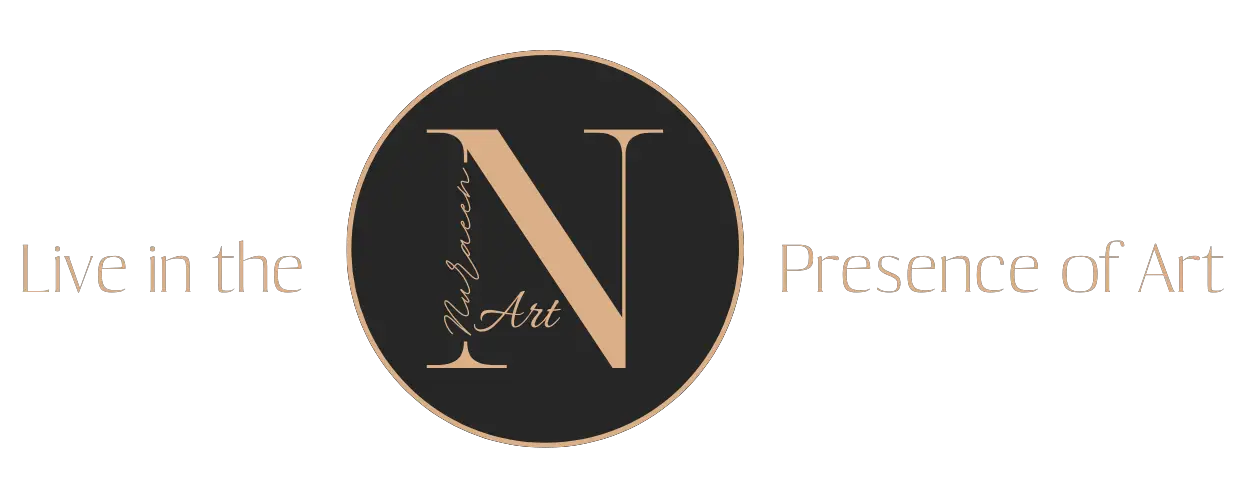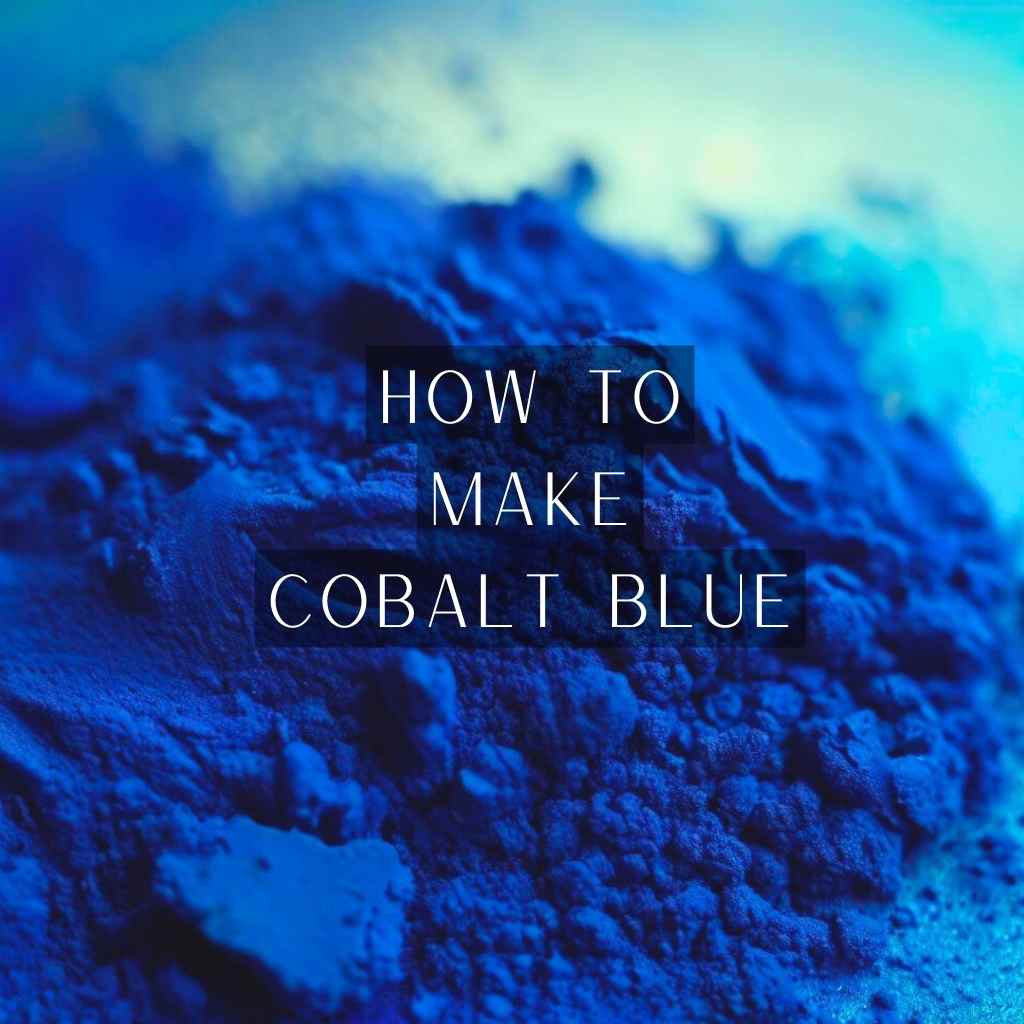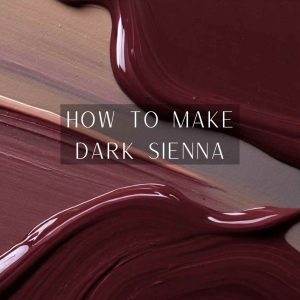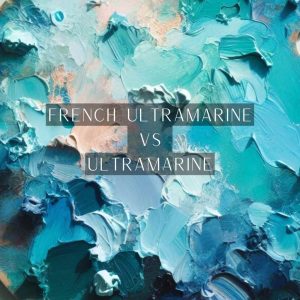In a world where colors evoke emotions and tell stories, cobalt blue stands out as a hue that has enchanted artists, designers, and enthusiasts for centuries.
Its intense depth and vibrant allure make it a shade that demands attention and ignites the imagination. But how exactly do you unlock the secrets of creating this mesmerizing color?
In this post, we will embark on a journey about how to make cobalt blue, its mysteries, its historical significance to its modern applications.
Get ready to unlock the secrets of cobalt blue, where color becomes an expression of creativity and inspiration.
What is cobalt blue?
Cobalt blue is a vivid, intense shade of blue that is highly valued for its brilliance and depth. It is derived from the element cobalt, which gives the pigment its characteristic hue.
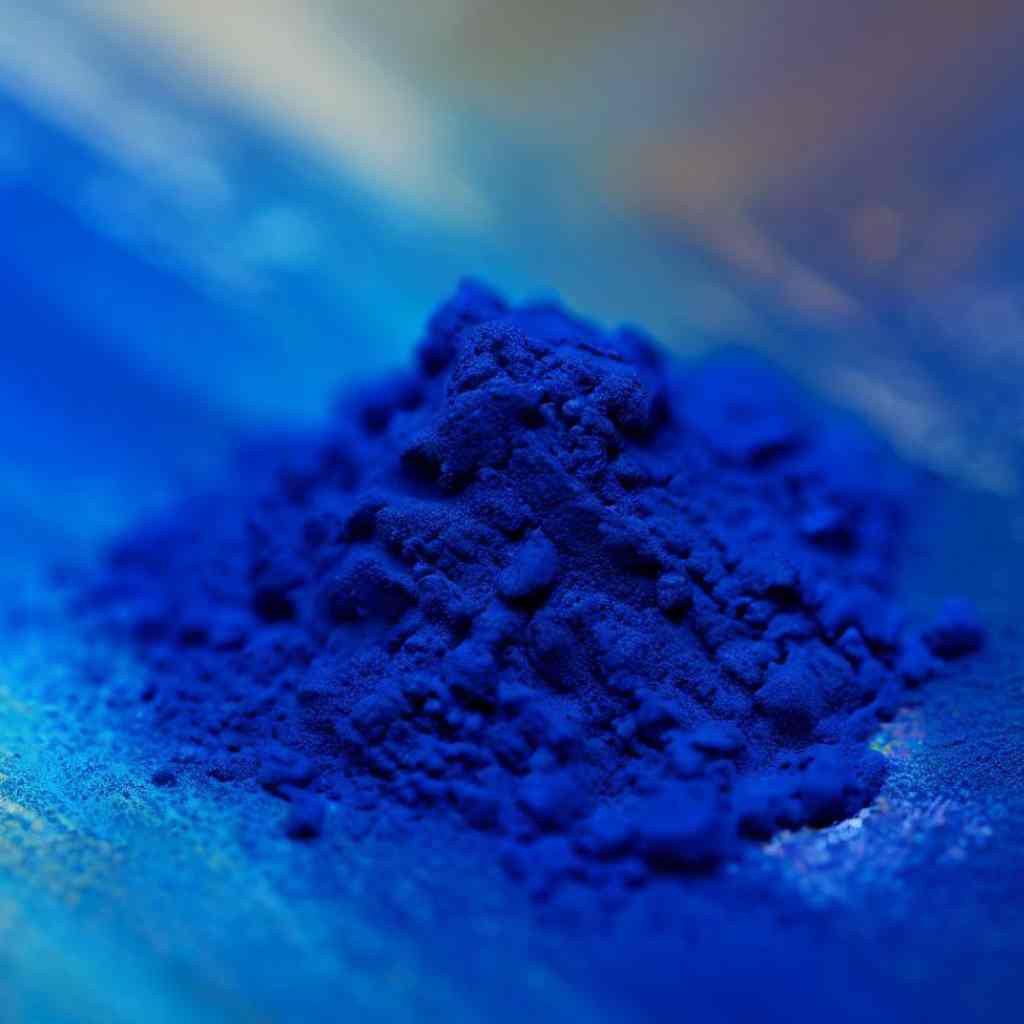
Cobalt blue possesses exceptional qualities that set it apart from other shades of blue. It exhibits high colorfastness, meaning it retains its vibrant hue even when exposed to light and other environmental factors.
Additionally, cobalt blue has excellent heat resistance and durability, making it ideal for various applications.
Chemical Composition of Cobalt Blue
Cobalt blue is primarily composed of cobalt(II) aluminate (CoAl2O4), a compound that imparts an intense blue color. Other elements or impurities may be present, depending on the specific manufacturing process.
Differences Between Natural and Synthetic Cobalt Blue
Natural cobalt blue is sourced from cobalt ore, which is then processed to extract the pigment.
On the other hand, synthetic cobalt blue is produced through chemical reactions in a laboratory. While both types yield similar color results, the manufacturing methods and costs differ significantly.
Origins of cobalt blue pigment
The origins of cobalt blue pigment trace back to ancient civilizations, such as Egypt and China. In Egypt, cobalt compounds were used to create blue glazes on pottery, while in China, cobalt pigments were utilized as early as the Tang Dynasty (618-907 AD) in ceramics.
Notable artworks featuring cobalt blue
Cobalt blue has graced many iconic artworks. One notable example is Johannes Vermeer’s “Girl with a Pearl Earring,” where the artist used cobalt blue pigments to create the stunning blue turban.
Additionally, cobalt blue was a favored color in the works of the Impressionist movement, adding depth and vibrancy to their compositions.
How to Make Cobalt Blue at Home: DIY Method
While creating cobalt blue pigments at home can be challenging, it is possible to experiment with cobalt compounds and achieve satisfactory results on a smaller scale.
However, it is important to exercise caution and follow safety guidelines when handling potentially hazardous materials.
Materials Needed for DIY Cobalt Blue Making
To make cobalt blue at home, you will need –
- cobalt compounds (such as cobalt oxide or cobalt carbonate),
- a mortar and pestle for grinding,
- a palette knife for mixing, and
- a kiln or a high-temperature oven for firing the pigments.
Step-by-step Guide to Making Cobalt Blue-
- Mixing Cobalt Compounds: Grind the cobalt compounds into a fine powder using a mortar and pestle. Mix them with a suitable binder or medium to create a workable paste.
- Experimenting with Firing Temperatures: Apply the cobalt blue paste onto a suitable substrate and fire it in a kiln or high-temperature oven at varying temperatures to achieve different shades of blue. Experimentation is key to discovering the desired color intensity.
Mixing Cobalt Blue with Different Mediums: Binding Agents
Cobalt Blue can be mixed with various mediums, such as water, oil, and acrylics, to create different types of paint. Each medium’s binding agent brings its unique characteristics to the final artwork.
Making Cobalt Blue Oil Paint
For those who prefer oil painting, combining cobalt blue with linseed oil is a classic method to create oil paint. Linseed oil is a traditional binder used in oil painting to create oil paint.
- In a small, clean container, mix 1 part cobalt blue pigment with 3 parts linseed oil.
- Stir the mixture well, until the pigment is completely dissolved in the oil.
- If desired, add a small amount of turpentine or mineral spirits (about 1 part turpentine to 10 parts oil) and stir again.
Mixing cobalt blue with linseed oil requires patience and skill to achieve the perfect consistency. Artists can experiment with different non-toxic solvents and different ratios to find the balance that suits their painting style.
Preparing Cobalt Blue Watercolor with Gum Arabic
Gum Arabic is a crucial component in creating watercolor paint and combining gum Arabic Cobalt Blue results in watercolor with excellent flow and transparency.
Artists can experiment with different paint binders with different proportions to achieve their desired effects.
Mixing Cobalt Blue with Acrylic Mediums
Cobalt Blue can be mixed with various acrylic mediums to create a custom paint palette like flow medium, matte medium, or gel medium. Each medium affects the paint’s texture, drying time, and opacity.
By experimenting with different mixtures, artists can unlock the full potential of cobalt blue in their acrylic artworks.
Troubleshooting Common Issues
Troubleshooting is an essential part of the artistic journey, allowing for experimentation, learning, and continuous improvement in the pursuit of creating exquisite cobalt blue pigments-
- Inconsistent Color: To address this issue, it is essential to carefully measure and proportion the cobalt compounds during the mixing process. Additionally, maintaining consistent firing temperatures and times can help achieve uniform color results.
- Poor Adhesion: Ensuring proper surface preparation is important to improve adhesion. The surface should be clean, free from dust or contaminants, and may require a suitable base or glaze to enhance adhesion.
- Improper Firing: Achieving the right firing temperature and duration is critical in cobalt blue production. Underfiring can result in a dull or faded color while overfiring may lead to color distortion or even complete loss of the cobalt blue hue.
Conducting firing tests and keeping detailed records of temperature and time can help determine the optimal firing conditions for consistent results.
- Undesirable Texture: To achieve a finer texture, thorough grinding of the cobalt compounds is necessary. Striving for consistent particle size and using appropriate grinding tools can help achieve the desired texture.
- Color Shifts: Cobalt blue can exhibit color shifts depending on the firing atmosphere and temperature variations.
For example, firing in an oxidizing atmosphere may result in a brighter blue, while a reducing atmosphere can yield a darker or even blackish shade.
Understanding the effects of different firing conditions on the final color is important for achieving consistent and predictable results.
Recommended Brands for Cobalt Blue
There are many good brands of cobalt blue pigment available, and the choice of which one to use will depend on your personal preferences and the specific properties you are looking for in your paint.
Some popular brands of cobalt blue pigment include Winsor & Newton, Old Holland, and M. Graham & Co.
Winsor & Newton’s cobalt blue is a popular choice among artists and is known for its high quality and consistency.
Old Holland’s cobalt blue is another favorite among artists, known for its intensity of color and lightfastness. M. Graham & Co. also offers a high-quality cobalt blue pigment that is known for its rich, vibrant color.
FAQs
- Can cobalt blue pigments be mixed with other colors?
Yes, cobalt blue can be mixed with other colors to create a wide range of hues and shades. It blends well with other blues, greens, and purples, allowing for the creation of captivating color combinations. By experimenting with different color mixtures, artists and designers can achieve unique and harmonious palettes.
- Can cobalt blue pigments fade over time?
Cobalt blue pigments are known for their color fastness and resistance to fading. However, exposure to excessive sunlight or certain environmental conditions may gradually affect their vibrancy over an extended period. Proper care, such as minimizing direct exposure to sunlight or using UV-protective coatings, can help prolong the longevity and color retention of cobalt blue pigments.
- Can I achieve metallic effects with cobalt blue pigments?
Cobalt blue pigments on their own do not create metallic effects. However, they can be combined with metallic pigments or used in conjunction with metallic mediums to achieve shimmering or metallic finishes. These combinations can add a touch of luminosity and create dynamic visual effects in your artwork or design projects.
- What are some alternative names or synonyms for cobalt blue?
Cobalt blue is sometimes referred to as “cobalt azure,” “cobalt deep blue,” or simply “cobalt.” These terms are used interchangeably to describe the intense blue shade derived from cobalt compounds.
- Are there any natural alternatives to cobalt blue pigments?
While cobalt blue is primarily derived from cobalt compounds, there are natural alternatives that can produce similar hues. For example, some natural pigments like ultramarine blue or phthalo blue can offer comparable shades of blue. These alternatives can be explored by artists seeking natural or plant-based pigments for their artwork.
Wrapping Up
As we reach the final strokes of this journey on how to make cobalt blue, it’s time to reflect on the enduring charm and inspiring possibilities that this color holds.
Throughout this blog series, we’ve dived into the history, techniques, and applications of cobalt blue, unlocking its secrets and revealing the artistry behind its creation.
From ancient recipes and traditional production methods to the innovations of modern manufacturing, cobalt blue has proven to be more than just a pigment – it’s a testament to human creativity and ingenuity.
So, as we conclude this, let cobalt blue be a constant reminder that creativity knows no bounds and that the world of color is a tapestry waiting to be explored.
While cobalt blue offers a rich, deep hue, cerulean blue provides a lighter, sky-like tone. Learn how to make cerulean blue to complement your cobalt creations
